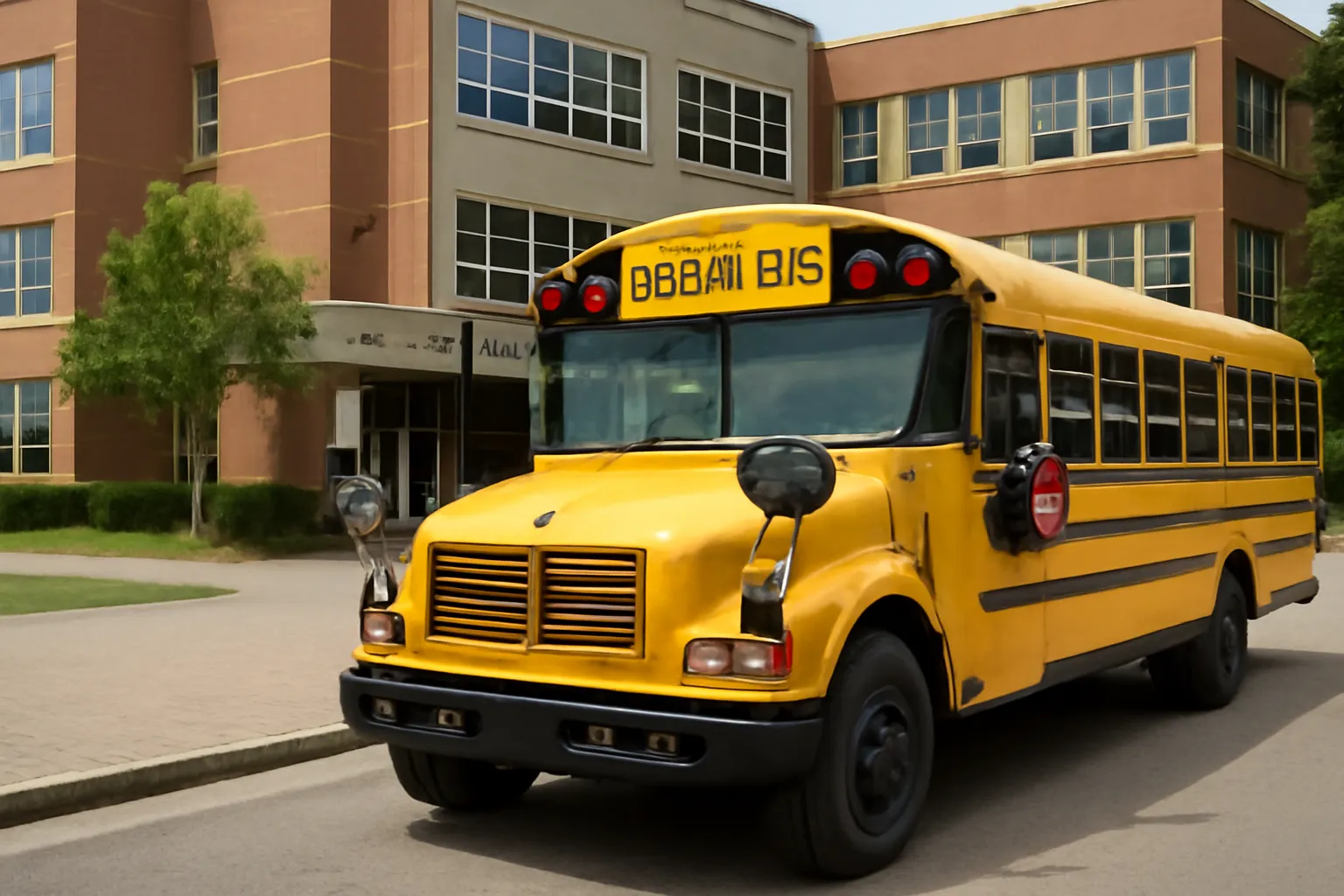Gyeonggi-do, located just outside of Seoul, has become one of the most densely populated areas in South Korea, making transportation for children a key concern for many families. For those with elementary school-aged children, one of the primary concerns is the school bus service, which offers a convenient way for students to get to and from school. But how much does it cost? What factors influence the school bus fare? And how do these prices compare to other areas? This article will explore the details of the elementary school bus fee in Gyeonggi-do, providing a clear overview for parents and guardians.
Are you curious about the cost of an elementary school bus in Gyeonggi-do? Wondering what factors affect the bus fare? Dive into our guide on Gyeonggi-do’s school bus fees and find all the information you need!
Understanding the Elementary School Bus Fee in Gyeonggi-do
What Factors Affect the School Bus Fee?
The school bus fee in Gyeonggi-do varies depending on several key factors, including the school’s location, distance from the student’s home, and the specific bus service provider. Each district in Gyeonggi-do may set its own prices, leading to differences even within the province.
The major factors that influence the bus fare are:
-
Distance to the School Generally, the farther a student’s home is from their school, the higher the bus fee. This is because the bus has to cover longer distances.
-
School District Policies Some districts may subsidize transportation costs for families, reducing the overall fee. Others may have flat rates regardless of distance.
-
Bus Type The type of bus used also plays a role. Larger buses that can carry more students may have a different rate compared to smaller, private shuttles.
-
Age of Students In some cases, the age group of the student might influence pricing, especially for younger children who might be on shorter routes.
-
Service Frequency If a bus runs on more frequent schedules or during special hours (such as after-school programs), this may incur an additional fee.
Average Elementary School Bus Fare in Gyeonggi-do
The average elementary school bus fare in Gyeonggi-do typically ranges between 40,000 to 100,000 KRW per month. However, it can be higher or lower depending on the factors mentioned above. For example, families in more rural or remote areas of Gyeonggi-do may face higher bus fees due to the extended travel time required for the bus to reach the school.
For example, a parent whose child attends a school in the urban parts of Gyeonggi-do may pay closer to 40,000 to 60,000 KRW. In contrast, families located on the outskirts of the region may experience higher rates due to longer transportation times, sometimes reaching 80,000 to 100,000 KRW per month.
Many schools in Gyeonggi-do offer bus services with flexible payment options, including monthly or yearly payment plans. Some even allow for discounted fares for families with multiple children using the service.
Gyeonggi-do Elementary School Bus Fare Comparison
How Does Gyeonggi-do Compare to Other Regions?
When compared to other areas in South Korea, the elementary school bus fee in Gyeonggi-do tends to be slightly higher than in rural regions. However, it is often more affordable than bus fees in central Seoul, where high demand and a denser population contribute to steeper costs.
For example, in Seoul, the school bus fare for elementary students can reach up to 120,000 to 150,000 KRW per month, especially for students attending schools located in the city’s central areas. The higher costs in Seoul stem from both the convenience of the services and the high density of students, which leads to greater demand for private bus routes.
On the other hand, regions outside of Seoul, particularly rural areas of Gyeonggi-do or Jeolla-do, may have lower fares due to less frequent service and shorter routes. In these cases, the fare might range from 30,000 to 50,000 KRW per month.
Why Is Gyeonggi-do More Expensive?
Gyeonggi-do’s positioning as a suburban area with close proximity to Seoul has both benefits and challenges. The cost of living and transportation in Gyeonggi-do is higher than in more rural parts of the country, but still not as high as the metropolitan heart of Seoul. As a result, bus service providers in Gyeonggi-do must balance between the need to maintain affordability for families while providing a reliable and safe service for the many students who rely on school buses every day.
Additionally, the geographic spread of the province means that many students face longer distances to school. Gyeonggi-do’s substantial size leads to more extensive bus routes that require higher operating costs, which in turn affects the bus fare pricing.
Tips for Managing Elementary School Bus Fees
How Can Parents Save on School Bus Fees?
For parents looking to reduce the cost of school transportation, there are several strategies to consider:
-
Carpooling Some schools in Gyeonggi-do encourage carpooling among families, which can reduce the overall transportation costs.
-
Check for Subsidies Certain districts provide transportation subsidies for low-income families, which can significantly reduce the cost of school bus fares.
-
Annual Payment Discounts Some schools offer discounts for parents who choose to pay for the entire year upfront, rather than monthly payments.
-
Use Public Transit In areas where the school is accessible via public transportation, parents may opt to use the bus or subway for daily commutes, which may be cheaper than private school bus services.
By exploring these options and staying informed about any changes to local bus policies, families can better manage the financial burden of school transportation.
👉 Click here for more on Gyeonggi-do school bus fees 👈
Conclusion
The elementary school bus fee in Gyeonggi-do is an important consideration for families, as it directly impacts the daily commute for children. With varying rates depending on factors like distance, school district, and type of bus, parents need to evaluate their options and plan their budget accordingly. While the fare can range between 40,000 to 100,000 KRW, it’s essential for families to stay updated on any changes and take advantage of available discounts or subsidies. Ultimately, the convenience and safety of the bus service make it a popular choice for many families in Gyeonggi-do.






